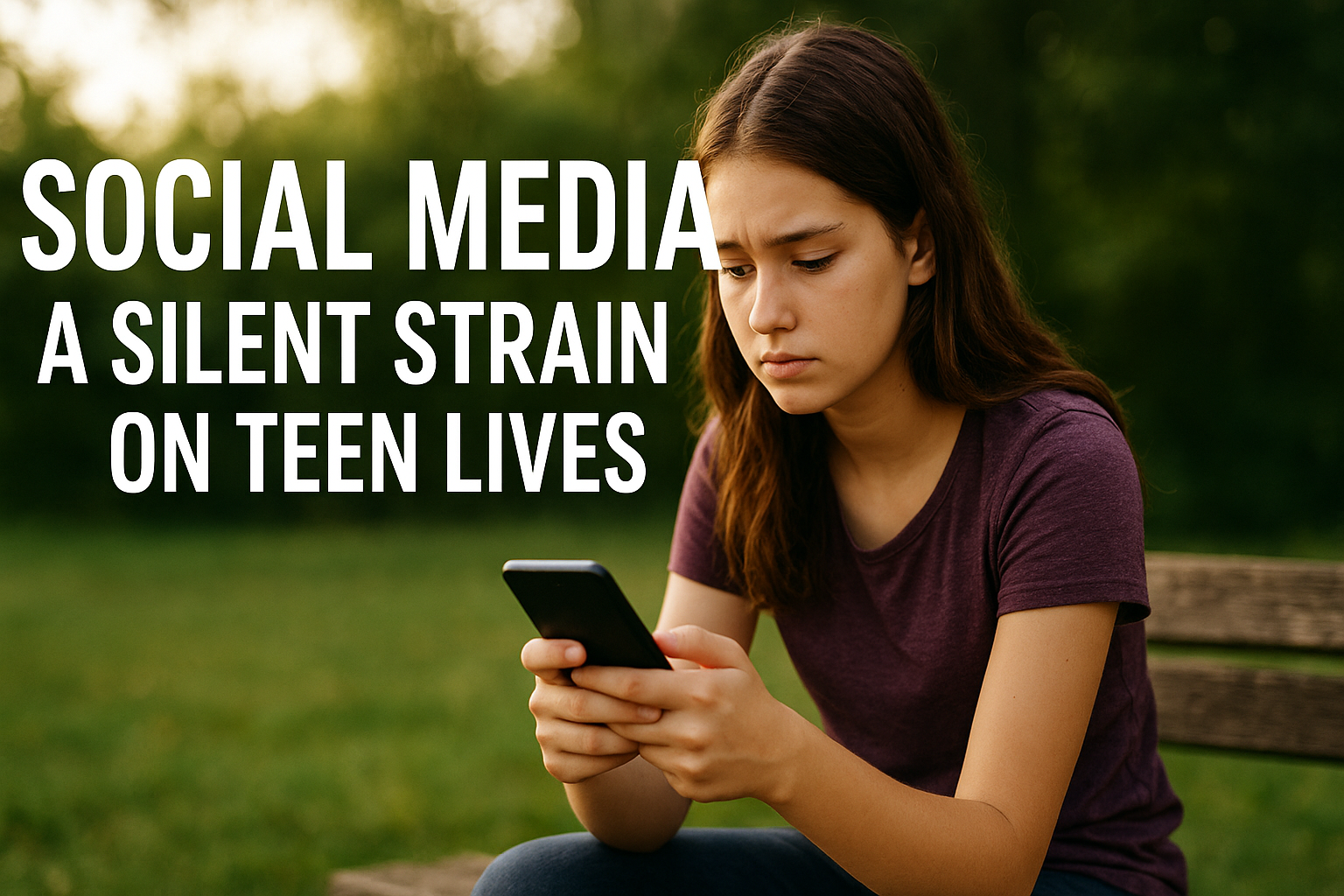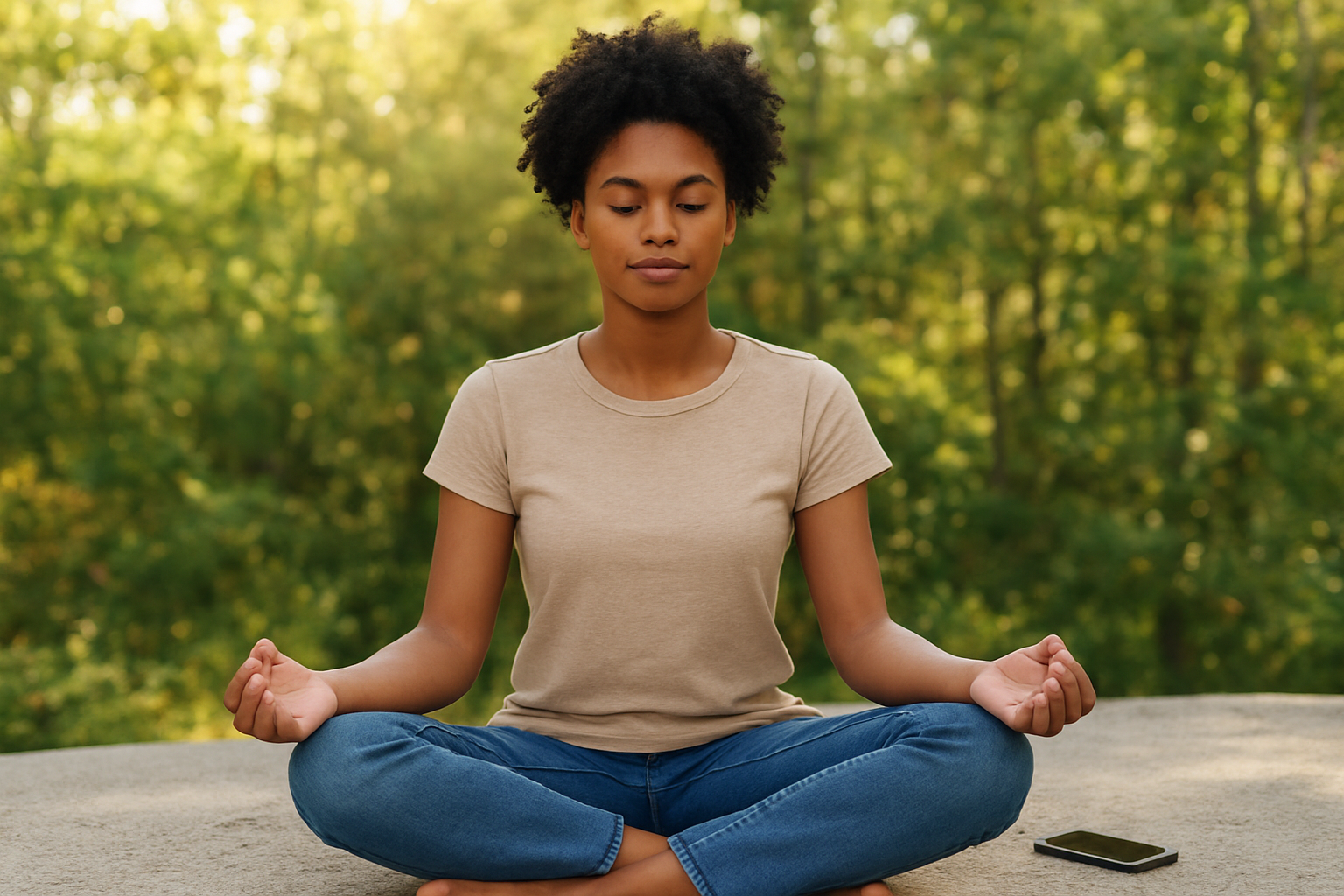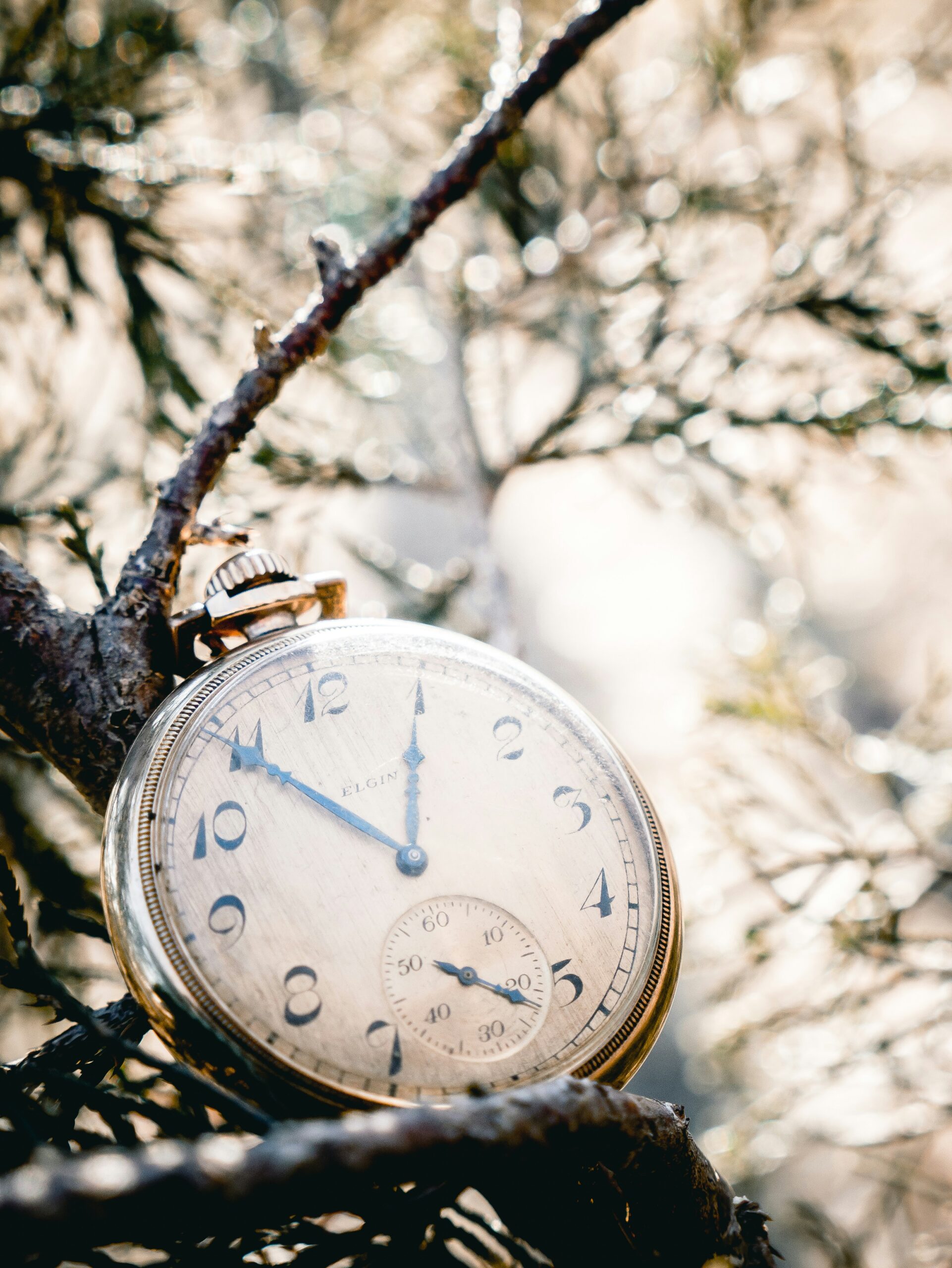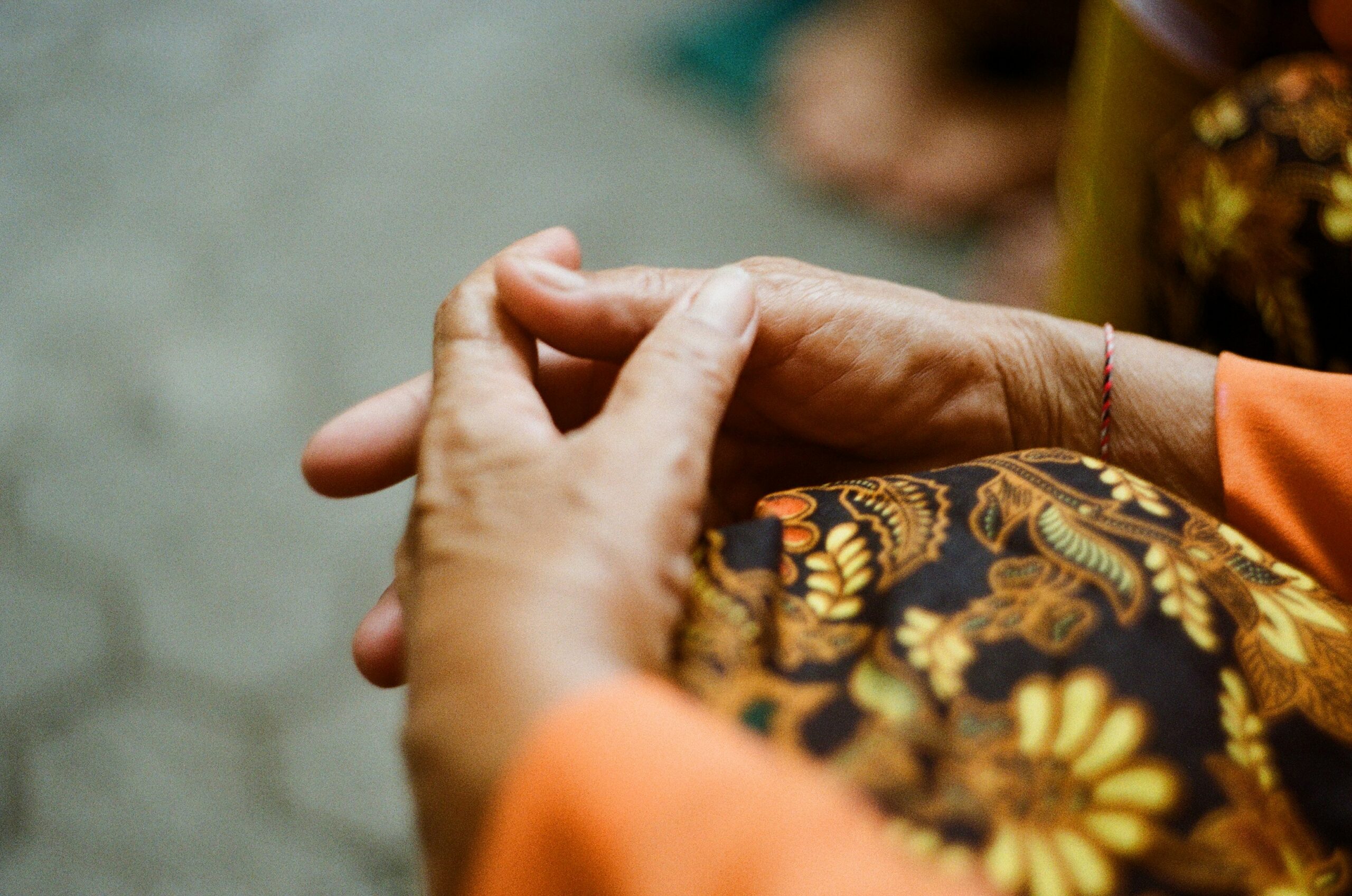Love of Learning
Chemistry of Falling in Love
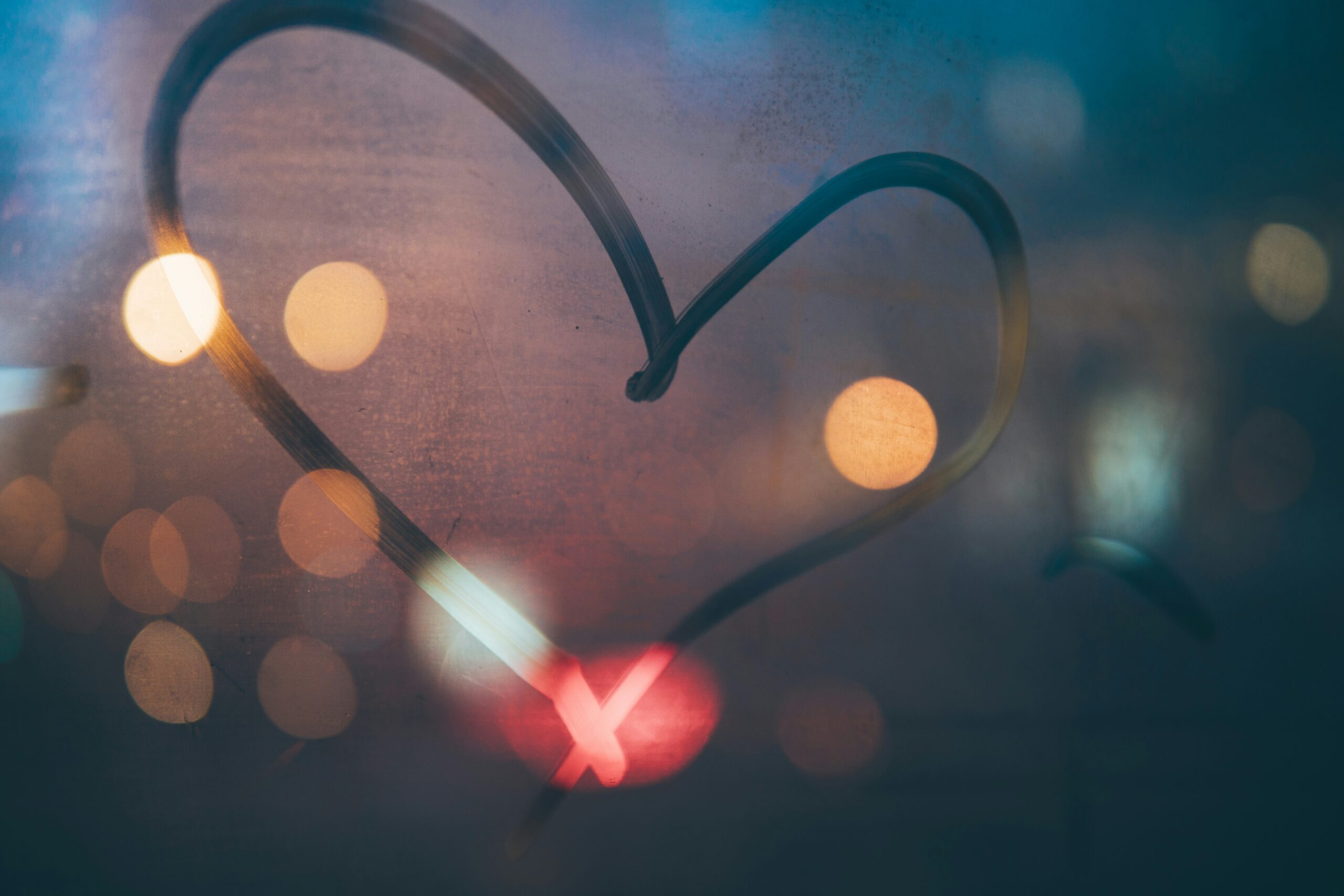
Falling in love is one of the most exhilarating and uncontrollable human experiences because, from nature’s perspective, the most important thing is to ensure the stable reproduction of the species, and it has arranged things so that people are driven toward this state. Intense infatuation arises when an object of attraction appears, and it becomes fixed that possessing this specific object will bring the greatest pleasure. As we age and gain more experience, falling in love becomes increasingly difficult because it seems like everything is available and familiar. However, if someone comes along who surprises you, evokes interest, and surpasses your previous experiences in terms of interaction and emotional quality, there’s a high chance of becoming enamored.
What exactly happens when we fall in love? Infatuation can be divided into three phases: lust, attraction, and attachment. Hormones and various chemical neurotransmitters clearly guide each of these phases.
The Initial Spark
In the first phase of lust, you notice someone and suddenly decide it would be nice to direct your sexual behavior toward them. This response is driven by testosterone and estrogen. When you encounter someone attractive, your body and brain produce more testosterone, making you feel more active and assertive. This is when the urge to present yourself to your object of desire emerges. Testosterone is also generated in both men and women during sports, hiking, or any activities that demand extra energy. So, if you suddenly feel passionate about someone while hiking or engaging in physical activity, remember that it might be your body’s testosterone production in response to physical exertion rather than the person.
The Obsession Phase
Next, your body and brain transition to the attraction phase, especially if you’ve already made contact with your object of desire. During this phase, you become fixated on a specific person and start experiencing strong emotions toward them, a hormonal response from the previous phase. Critical thinking significantly decreases, leading to a mild obsession. You find yourself constantly thinking about them, analyzing how they looked at you, what their hands or legs are like, what they said to you or someone else, and what those words might mean. It feels like this person is the most special and suitable one for you; possessing them becomes your ultimate goal. Anyone who has been in love will recognize this feeling.
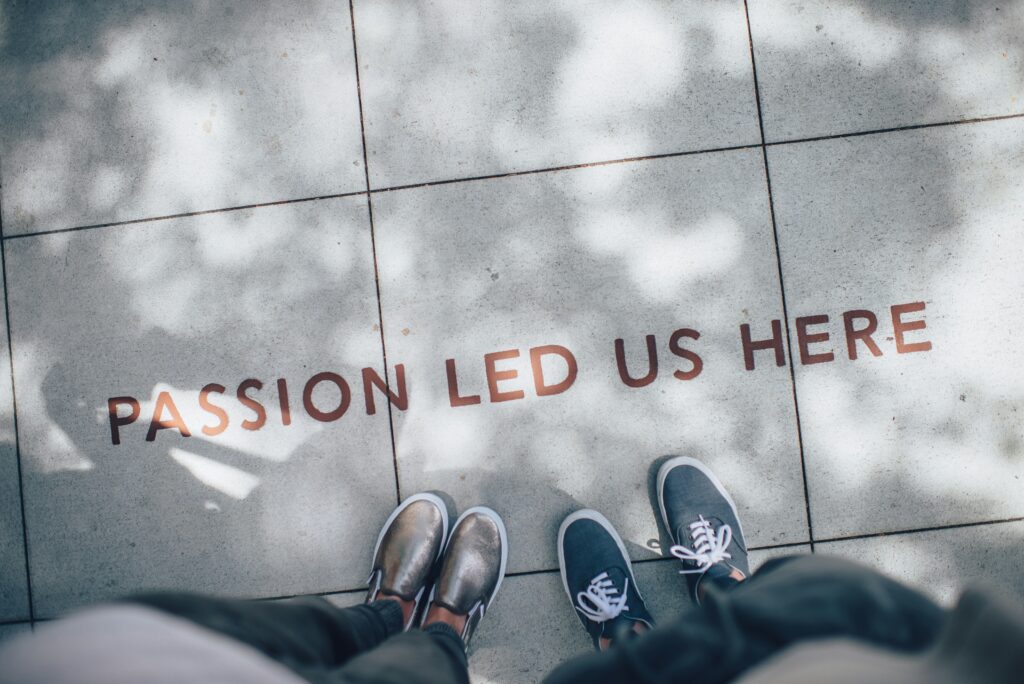
All of this is the work of dopamine in your brain. It’s the hormone responsible for pleasure and helps you not just think about a person but think about them while receiving a physical response—like butterflies in your stomach, a sweet tremble in your hands, faster breathing, and a racing heartbeat. Alongside dopamine, serotonin, norepinephrine, adrenaline, and noradrenaline kick in, causing a series of micro-bursts in your body. Emotions peak, the world becomes more vivid, and everything feels sharper and more sensitive than normal.
Of course, it’s lovely to feel all these chemical processes in your body and brain, leading to positive reactions. However, alcohol, delicious food, a good sports game, productive work, or a satisfying result that you enjoy also trigger similar reactions.
Building Emotional Bonds
Now, you’re ready to move on to the third stage—forming an attachment. You’ve felt attracted to the person, made some contact, established communication, and become fixated on them, imagining they are the best person on the planet—under the influence of hormones, of course—because they make you feel like you’ve just had an excellent glass of wine, taken a thrilling rollercoaster ride, or climbed Everest. This is when oxytocin and vasopressin, the ‘cuddle hormones ‘, come into play.
These hormones make you feel calm, comfortable, and physically safe around the person. Oxytocin is produced not only during and after sex but also from kissing, hugging, and gentle touches. That’s why, at the beginning of a relationship, you feel such a strong urge to touch your loved one, hold their hand, brush their hair, and cuddle. These actions release large doses of oxytocin, strengthening your emotional bond and attachment.
Many young women and men remain trapped in a dopamine loop, constantly switching partners. A sharp interest arises, but once they achieve the object of their desire and the relationship reaches a stage of stability, the interest fades. Without the hormonal boost, it feels like love has disappeared, and the person is no longer interested, so they begin searching for someone else. In reality, they aren’t ready to move to the next level of emotional closeness.
This is what infatuation looks like and the mechanisms behind it. Infatuation is not about love—it’s a biological mechanism designed to push us into forming partnerships. However, it says nothing about love built on intimacy, acceptance, trust, and support.
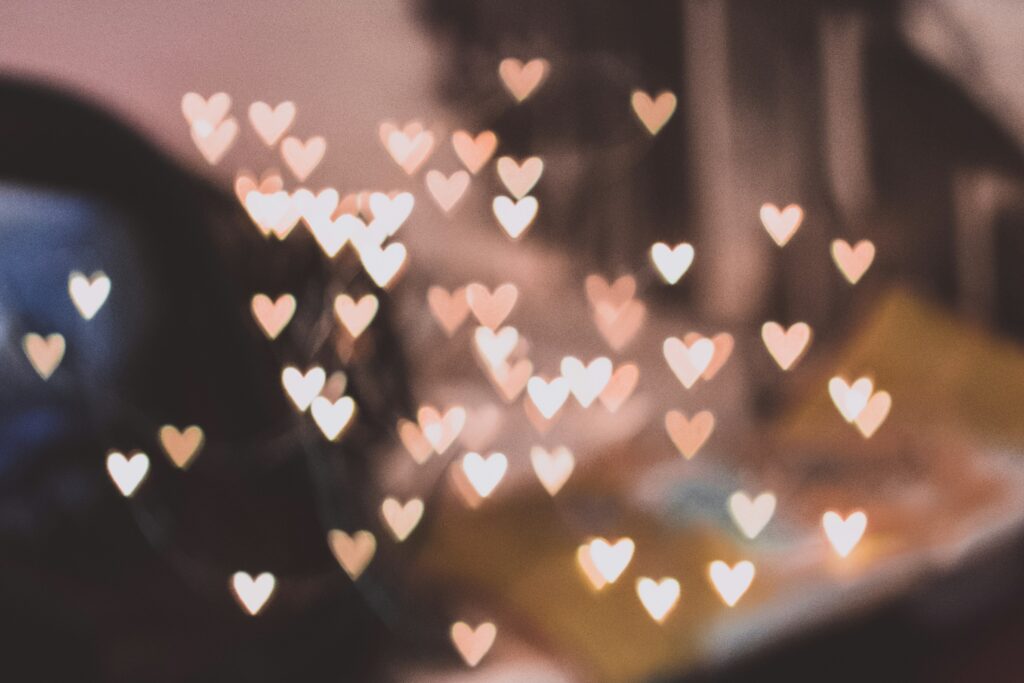
Recognizing the Difference
Falling in love is always about idealization. Our brain deliberately makes us idealize this person so that the species can continue, allowing us to fulfill the tasks biologically programmed within us. Our ability to critically perceive the world around us, especially the person we are experiencing this hormonal storm for, diminishes. This can lead to potential risks such as encountering an abuser, entering toxic relationships, or experiencing unrequited love. When we are caught in this biochemical mechanism, we cannot see the real person, notice the red flags, or rationally assess the relationship and where it’s headed. As a result, when the hormonal storm subsides, we may find ourselves in a relationship with someone we would never have wanted to be within the first place.
If you belong to the group of socially anxious, insecure individuals who lead a closed-off lifestyle, have few interests, rarely go out, and aren’t frequently hugged, you run a high risk of losing control under this hormonal influence. Such a lifestyle can lead to a deprivation of these beautiful, almost addictive chemicals in your body. You could easily fall into a dependent relationship, where you rely on the other person for your emotional well-being when you encounter someone who triggers these chemicals. You’ll become addicted to both the person and the feelings they evoke as if they were a drug.
So, before claiming you’re in love with the most fantastic person on the planet, empower yourself by asking: Have you spent time with them on an empty stomach and sober? Because if you’ve just eaten your favorite pizza and had some wine, honestly, almost anyone could seem pretty attractive, riding that dopamine high you’ve just experienced.
Also, check how long it’s been since you’ve hugged someone else. If it’s been a while, hug some trusted, pleasant people to restore your oxytocin balance. Then, take another look at your chosen one—you may be just running low on those feel-good hormones, and it has nothing to do with love or the person.
More Than Just Hormones
If, after all of this, you still look at the person and think, “Yes, they’re amazing,” then you can start building genuine closeness. Share things about yourself, learn more about them—ask what they fear, their values, and what they strive for. Listen closely and feel—how do you feel about what this person says? How do they treat you? Only after this should you decide whether it’s authentic love or just an incredible hormonal rush.
Falling in love offers benefits beyond hormonal effects; it positively impacts our mental health. It gives us a hormonal and emotional boost. Under the influence of all these hormones, stress levels drop, anxiety is reduced, we feel better, our cardiovascular system strengthens, and nerve tissues regenerate. Being in love is good for our bodies, and it’s wonderful when it evolves into love— a lasting bond grounded in connection, mutual understanding, and a commitment to each other’s well-being.
This article was written by Anna Karlova, who loves learning throughout her life and has a strong passion for Data Analytics.
